אנו משתמשים ב-Cookies כדי לשפר את החוויה שלך. כדי לקיים ההנחיה החדשה של e-Privacy, עלינו לבקש את הסכמתך להגדיר את ה-Cookies. קבלת מידע נוסף.
Nelson Pediatric Symptom-Based Diagnosis: Common Diseases and their Mimics
Key Features
-
Begins with a presenting symptom and leads you through differential diagnosis and a concise review of treatment recommendations.
-
Contains more than a dozen new topics including Disease Mimics: An Approach to Undiagnosed Diseases, Autistic-like Behaviors, Shock, Hypertension, Neurocognitive and Developmental Regression, Chronic Pain, Hypertonicity, Movement Disorders, Hypermobility, and more.
-
Features a new focus on symptoms of rarer diseases that are mimics of more common diseases.
-
Offers a user-friendly approach to Altered Mental Status such as coma and other CNS disorders, with numerous clinically useful tables and figures to guide clinical decision making in various care settings.
-
Uses a highly templated format for easy reference and quick answers to clinical questions, with the same consistent presentation in each chapter: History, Physical Examination, Diagnosis (including laboratory tests), Imaging, Diagnosis, and Treatment.
-
Includes numerous full-color illustrations, algorithms, tables, and "red flags" to aid differential diagnosis.
-
Serves as an ideal companion to Nelson Textbook of Pediatrics, 21st Edition. Content in this book is referenced and linked electronically to the larger text, providing easy access to full background and evidence-based treatment and management content when you own both references.
-
Enhanced eBook version included with purchase. Your enhanced eBook allows you to access all of the text, figures, and references from the book on a variety of devices.
| מהדורה | 2nd Edition |
|---|---|
| עמודים / Pages | 1264 |
| פורמט | Paperback |
| הוצאה לאור | Elsevier |
| תאריך יציאה לאור | 6 באפר׳ 2022 |
| תוכן עניינים | SECTION 1: Symptom-Based Diagnosis
SECTION 2: Respiratory Disorders
SECTION 3: Cardiac Disorders
SECTION 4: Gastrointestinal Disorders
SECTION 5: Genitourinary Disorders
SECTION 6: Developmental and Psychiatric Disorders
SECTION 7: Neurosensory Disorders
|
| Author | Robert Kliegman & Heather Toth & Brett J. Bordini & Donald Basel |

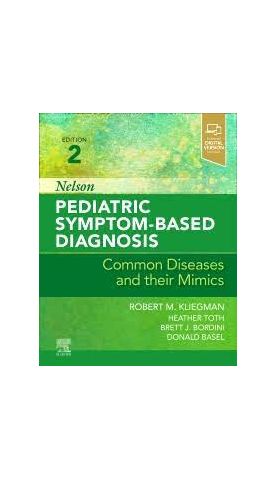

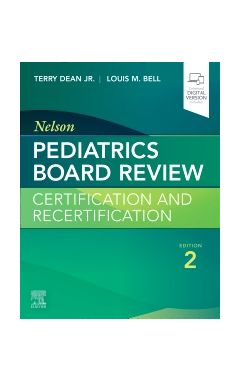


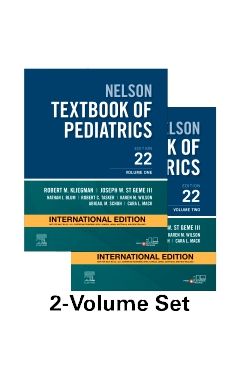

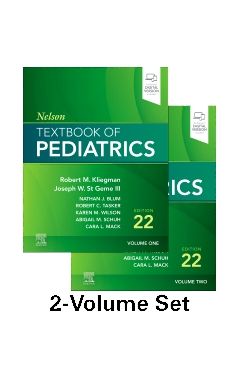
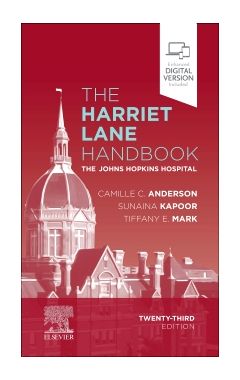

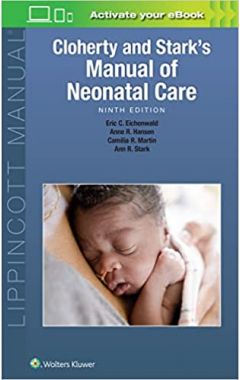
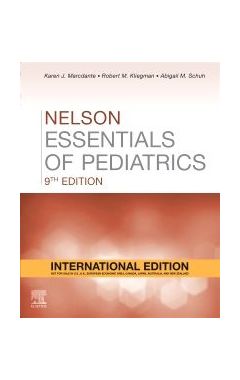
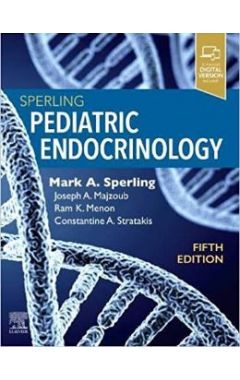
Login and Registration Form